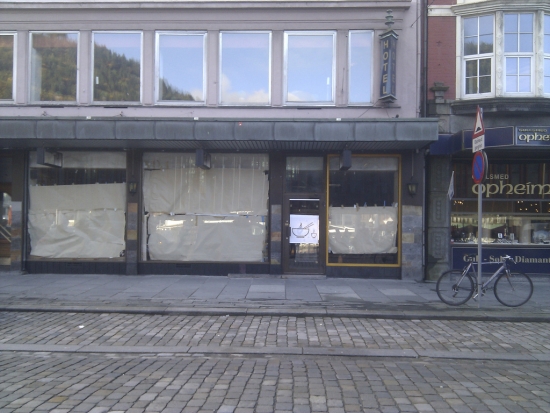Vacancy rates have played a huge role in the decline of the high street, with both independent and chain retailers abandoning their premises under the tough economic conditions. Faced with competition from out of town retail parks, where free parking and plenty of choice are just two attractions, the high street has seen changes in the past few years which may prove incredibly difficult to reverse.

Fortunately, this tide of closures seems to have abated somewhat, with retail property vacancy rates falling from the record 11.9 per cent reached in April to 11.1 per cent in July. This has largely been put down to the warmer weather of late tempting shoppers into town centres.
In fact, footfall rose by 0.8 per cent when compared with July 2012, with consumer demand for fashion, outdoor furniture and summer snacks proving to be very strong. According to the British Retail Consortium (BRC), high streets were leading this boom in shopper activity with a growth of 2.3 per cent comparing favourably to the 0.9 per cent boost seen by out of town retail parks.
Shopping centres continued to experience a downward trend, with a fall in consumer activity of 2.3 per cent.
The latest data comes from the BRC/Springboard Retail Footfall and Vacancies Monitor, which gathers data on shopper activity in all areas of the physical retail industry on a monthly basis. Retail insights director at Springboard, Diane Wehrle, revealed that July’s successes had raised the overall footfall increase for the present quarter to 1 per cent.
She says; “It seems that occupiers are starting to return to the high street, suggesting a greater degree of optimism over future trading prospects.”
However, the research also demonstrated that consumer activity is not necessarily a nationwide phenomenon but instead is very much affected on a regional basis. Northern Ireland, for example, saw very little change in its vacancy rate which currently sits just below April’s figure at 18 per cent, while Wales saw a 2 per cent drop from 17.9 per cent in April to 15.9 per cent in July.
Helen Dickinson, director general of the BRC, welcomed the news but, once again, stressed that business rates reform is essential if the fall in vacancy rates is to be maintained.
She says; “We’ve seen some cause for cautious optimism since the start of the year, but the path to recovery remains fragile.
“Bringing business rates into line with how town centres operate in the 21st century is a sure fire way of offering retailers more certainty and scope to invest.”
With the government decidedly dragging its feet over the issue, it can only be hoped that this reluctance to address business rates will not hinder further growth on the high street.
Previous Post
Online Bubble Affecting Banks along with Shops